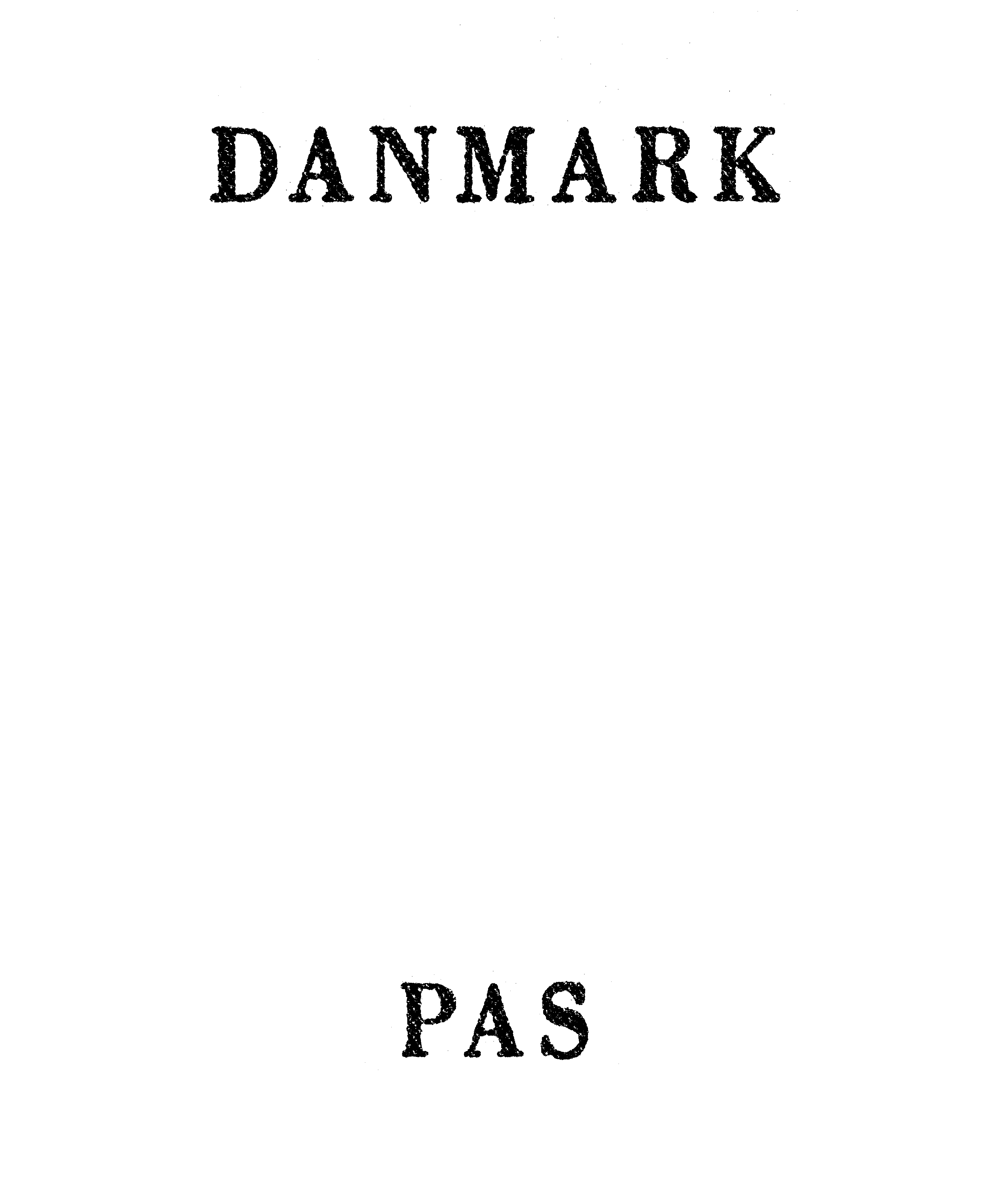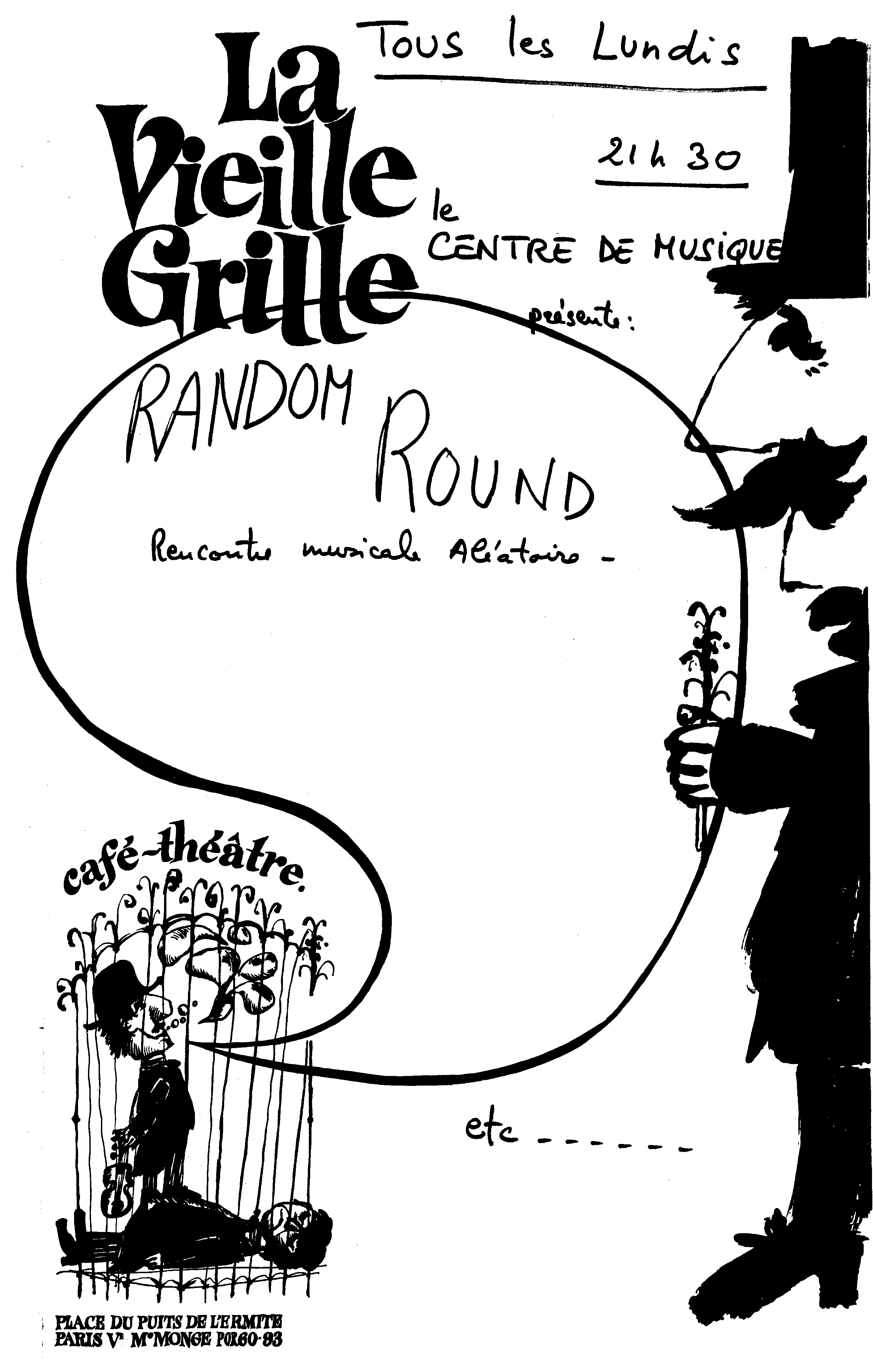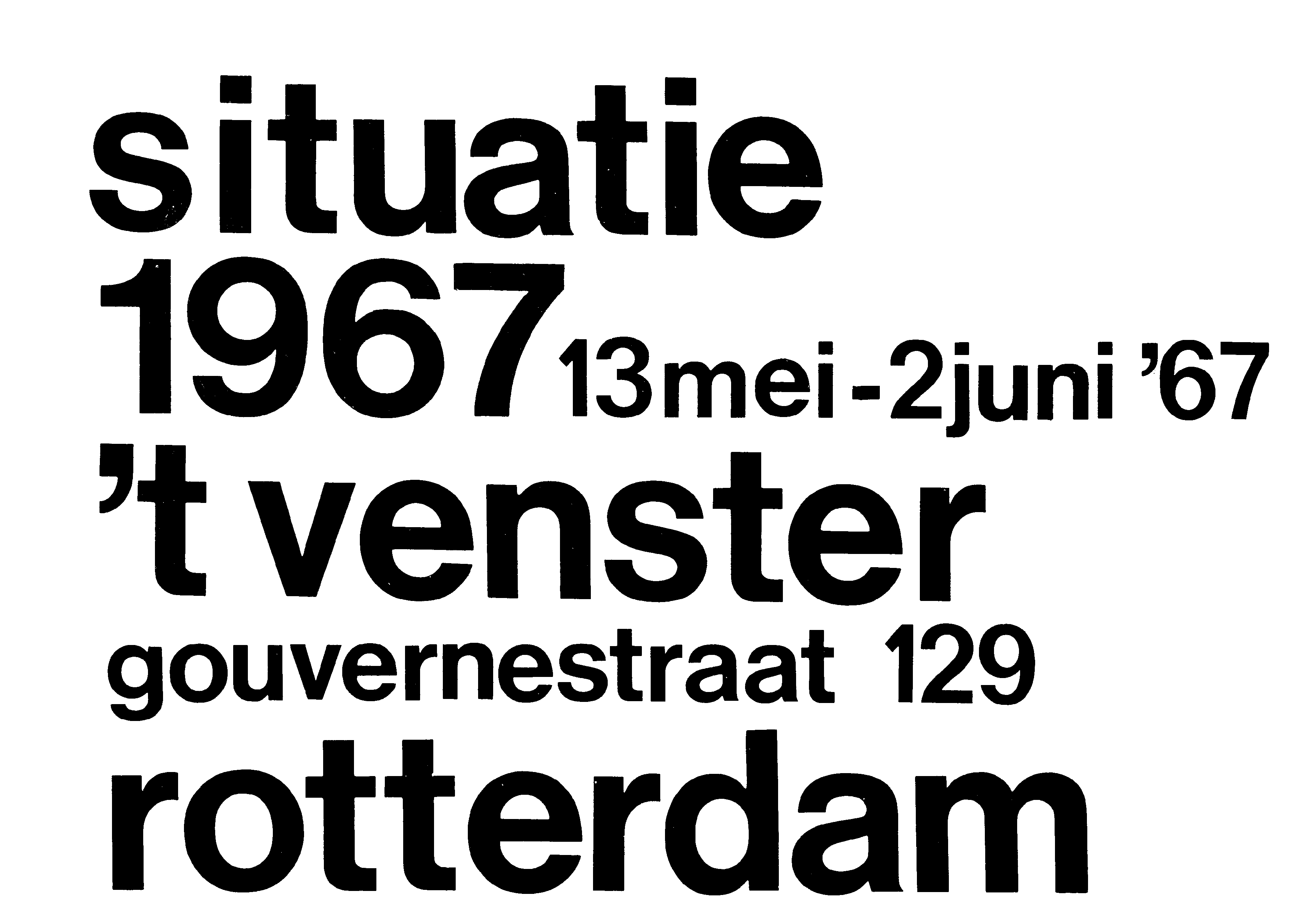![<p><em>Art and Communication (Co-operations of artist and spectator in contemporary art</em>, lecture script (1965)<br />
[Bibliothèques d’Université Paris Cité, Boulogne]<br />
<br></p>](https://lilygreenham.org/aaol/media/pages/writing/art-and-communication/4f8ba65b7e-1715264085/lg_artandcom_001-1500x.jpg)
![<p><em>Art and Communication (Co-operations of artist and spectator in contemporary art</em>, lecture script (1965)<br />
[Bibliothèques d’Université Paris Cité, Boulogne]<br />
<br></p>](https://lilygreenham.org/aaol/media/pages/writing/art-and-communication/32f012f11d-1715264084/lg_artandcom_002-1500x.jpg)
![<p><em>Art and Communication (Co-operations of artist and spectator in contemporary art</em>, lecture script (1965)<br />
[Bibliothèques d’Université Paris Cité, Boulogne]<br />
<br></p>](https://lilygreenham.org/aaol/media/pages/writing/art-and-communication/e8882d7844-1715264082/lg_artandcom_003-1500x.jpg)
![<p><em>Art and Communication (Co-operations of artist and spectator in contemporary art</em>, lecture script (1965)<br />
[Bibliothèques d’Université Paris Cité, Boulogne]<br />
<br></p>](https://lilygreenham.org/aaol/media/pages/writing/art-and-communication/95e809501a-1715264083/lg_artandcom_004-1500x.jpg)
![<p><em>Art and Communication (Co-operations of artist and spectator in contemporary art</em>, lecture script (1965)<br />
[Bibliothèques d’Université Paris Cité, Boulogne]<br />
<br></p>](https://lilygreenham.org/aaol/media/pages/writing/art-and-communication/13cba3fb69-1715264083/lg_artandcom_005-1500x.jpg)
![<p><em>Art and Communication (Co-operations of artist and spectator in contemporary art</em>, lecture script (1965)<br />
[Bibliothèques d’Université Paris Cité, Boulogne]<br />
<br></p>](https://lilygreenham.org/aaol/media/pages/writing/art-and-communication/95e3893d70-1715264082/lg_artandcom_006-1500x.jpg)



Art and Communication
![<p><em>Art and Communication (Co-operations of artist and spectator in contemporary art</em>, lecture script (1965)<br />
[Bibliothèques d’Université Paris Cité, Boulogne]<br />
<br></p>](https://lilygreenham.org/aaol/media/pages/writing/art-and-communication/4f8ba65b7e-1715264085/lg_artandcom_001-1500x.jpg)
![<p><em>Art and Communication (Co-operations of artist and spectator in contemporary art</em>, lecture script (1965)<br />
[Bibliothèques d’Université Paris Cité, Boulogne]<br />
<br></p>](https://lilygreenham.org/aaol/media/pages/writing/art-and-communication/32f012f11d-1715264084/lg_artandcom_002-1500x.jpg)
![<p><em>Art and Communication (Co-operations of artist and spectator in contemporary art</em>, lecture script (1965)<br />
[Bibliothèques d’Université Paris Cité, Boulogne]<br />
<br></p>](https://lilygreenham.org/aaol/media/pages/writing/art-and-communication/e8882d7844-1715264082/lg_artandcom_003-1500x.jpg)
![<p><em>Art and Communication (Co-operations of artist and spectator in contemporary art</em>, lecture script (1965)<br />
[Bibliothèques d’Université Paris Cité, Boulogne]<br />
<br></p>](https://lilygreenham.org/aaol/media/pages/writing/art-and-communication/95e809501a-1715264083/lg_artandcom_004-1500x.jpg)
![<p><em>Art and Communication (Co-operations of artist and spectator in contemporary art</em>, lecture script (1965)<br />
[Bibliothèques d’Université Paris Cité, Boulogne]<br />
<br></p>](https://lilygreenham.org/aaol/media/pages/writing/art-and-communication/13cba3fb69-1715264083/lg_artandcom_005-1500x.jpg)
![<p><em>Art and Communication (Co-operations of artist and spectator in contemporary art</em>, lecture script (1965)<br />
[Bibliothèques d’Université Paris Cité, Boulogne]<br />
<br></p>](https://lilygreenham.org/aaol/media/pages/writing/art-and-communication/95e3893d70-1715264082/lg_artandcom_006-1500x.jpg)
ART AND COMMUNICATION
(Co-operation of artist and spectator
in contemporary art)
My own connection with the terms art and communication is twofold:
1 - I am an artist
2 - I am as such producing objects which are called into existence solely for the purpose of communication.
So now you know what you can expect from somebody like me!
A work of art has, to my mind, to convey an INNOVATION of ideas.
Innovation contains basically NEWS and these are intended to reach a destination and to receive ATTENTION.
If it wasn't so, there would be no logical reason for producing an object which serves no PRACTICAL purpose.
Another reason for the production is the artists desire to use his SKILL in the ART of DOING. In creating objects, which are purely AESTHETICAL INFORMATION.
Information is closely linked to COMMUNICATION.
Let me give you a definition of the latter:
Communication is the consideration and action of impelling an impulse or particle from source-point across a distance to receit-point, with the INTENTION of bringing into being at the receit-point a duplication of what emanated from the source-point.
The BASIC intention for a work of visual art is to transmit communication through matter (a, to the physical eye, visible object).
AND to transmit mental pictures to the spectators imagination.
This is valid for an art-object of the past aswell as of the present. My intention with this lecture is to expose to you the facts which DIFFERENTIATE the works of the past from the works of the present. With regard to a work of art, which is looked at in a “traditlonal” way, the process is as follows:
The work starts off by being the cause for the spectators attention.
The spectator is the recipient for this impulse.
He can communicate with the object through empathy and so re-experience well-known realities in connection with his own life or life in general. His imagination is stimulated and he can become interested in the object from different aspects:
the “subject" (what it represents), how it is executed, the choice of colours, the texture, the period when it was painted, the social aspects it might indicate, personal, feelings it might arouse and last, but not least, the very personal “touch" and “style" which helps us recognize the author of the work.
So we see that the BASIC intention to INITIATE communication is fullfilled.
Now I am going over to a point which already marks a difference between the just described works of art and the works which have recently been done by a groupe of artists, to which also I belong.
Here the artists PERSONAL engagement is taken over by the all overshading fact of this century: COMMUNICATION.
Though he shows a very personal attitude of approaching his materials, he ELIMINATES the “personal touch” by inviting the spectator to “execute” the work to some degree.
He treats the spectators as an “exchange-point” and NOT, as it was hitherto done, ONLY as a receit-point.
So the basic communication is EXTENDED.
The artist starts with the intention to get the spectators attention and to have him duplicate the object (to reproduce in his mind / through the medium of his eyes / EXACTLY what is shown to him).
BUT IT DOESN'T END THERE:
He has applied his material in a specific way, as to INITIATE an E X C H A N G E of communication.
It might seem strange to some people, that it is possible to exchange communication with a “dead object”, but this is exactly the point I want to stress to you: the object acts as MEDIATOR for the EXCHANGE of INFORMATION between the artist and the spectator and can from this point of view be called “ALIVE” to the DEGREE it is able to CHANGE the spectators POINTS of VIEW.
And now a VERY IMPORTANT FACT / these changes of viewpoint ONLY OCCUR when the spectator is W I L L I N G to COMMUNICATE with the information the object indicates.
IF the spectator does NOT PARTICIPATE the object (mediator) remains “dead” and partly non-informative.
In other words: it is NOT GIVEN the chance to FULLFILL its purpose, which is the transmission of communication, to the HIGHEST degree of its POSSIBILITIES.
The object was created for the purpose of communication AND CO-OPERATION.
So, here we have arrived at the very point where the DIFFERENCE between a work of the past and a recent work of art occurs.
This difference is such a strong INNOVATION to the mind of the spectator, that he doesn’t want to accept the idea, that he is confronted with a work of art.
He is “shocked” by the newness of approach to TAKE ACTIVE PART in the REALIZATION of a work.
In many cases he doesn't understand what the artist intends at all. Some people, of course, are SO OPEN for widening their scale of perception, that they are able to “grasp” their own FUNCTION in front of this kind of aesthetical object.
Now, I personally would like to reach not only to these few, but also the AVERAGE spectator with my intention.
So I have to start off by communicating through the means of speech or written language.
I have to explain how IMPORTANT it is to get the spectators AGREEMENT for a CO-OPERATION.
If one plays a game, one has to know the rules to be able to play it. We are a groupe of artists who want to play this game with any spectator who is willing to participate.
I have given you the “rules” now, so that there should not be any “secret” about them.
And I like to continue my talk a bit longer and to have a look at what actually happens when the spectator is UNWILLING to communicate with an object belonging to the category I have just described: WHY doesn't he want to accept the object as a work of art? He is expecting a "fixed" object.
I beg you now to DUPLICATE the following, may be somewhat unusual thoughts and to WAIT with your reflections and arguments untill after I have finished this talk. Like this, we may find some REAL grounds for further communication about the subject. Thank you.
I asked you for this, because I am going to use a very “drastic” expression: The spectator is EXPECTING an ABSOLUTE.
We all know, that in our world of relativity an absolute is UNOBTAINABLE. And yet, in front of a work of art, the spectator expects to be confronted with an absolute.
To his mind it is this “QUALITY” which “entitles” the work to be “labelled": ART.
Well, the NEAREST one can get to an absolute is to DECLARE something as such.
There has to be an “authority” consisting of a number of people who “agree” on the DECLARATION of an absolute.
In the case of visual art, this absolute consists of a visible object. Object d'art.
This object is “picked out" of its relationship with the rest of the world and gets the “STAMP”art.
This art-object is then with regard to its “living” environment (a constant state of changes) DEAD. It ONLY has its OWN LIFE within ITSELF. (Remember, I am still referring to the case when the object is “taken to represent an absolute”).
It is OUT OF REACH for any RELATION or INTEGRATION.
So it is a beginning and an end in itself.
It puts the spectator in the PASSIVE POSITION of ACCEPTING WITHOUT QUESTIONING.
Now, when an aesthetical object created by a living artist NOT YET has been “stamped” with the “label art”, the spectator doesn't want to accept it being a work of art. He questions it.
lt doesn’t represent to him a “reality” which he already is acquainted with.
And here we are where the “traditional outlook” prevents his awareness from perceiving any “alive” information which the work wants to convey.
Thought the artist uses mediums which are well-known to everybody, such as colour, form and for the latest art movements light (also artificial lights) and movement (in certain cases accomplished by motors),the spectator finds himself in a strange territory, because he doesn’t want to “get in touch”, doesn't want to
communicate ACTIVELY.
To finish off this lecture I will explain to you what l understand by “getting in touch”, through reading you a text which is written especially to accompany the work I am going to show to you.
VIEWPOINT — MOVEMENT — REALITY
(Title of work: study of differentiation and
similarity in visual perception).
This work is based on a programmed structure, which in each variation is repeated and therefore designates a “fixed departure”. This can be traced tack any time. Having a point of control in this way, I aim at letting this structure undergo as many changes as possible. I transform the given pattern into other realities, which become the “fixed destinations”.
The “way” from the “fixed departure” to the “fixed destination” can then be understood and “realized” (carried out) by the spectators activity of observation and bodily movement. He thereby establishes another reality, by which I mean the intermediate stages of change his eyes are able to “fix” (recognize) at every instant during his approach and withdrawal in relation to the objects.
(This introduces the 4th dimension / time / to the work).
I present him with a programme which he has to accept, but then he is given the freedom to communicate with this programme and to arrive at his “own point (or points) of view”.
From a psychological aspect I would like to point out, that this problem of visual perception could be transferred and associated to any problem of life.
Taking these pictures as a kind of demonstrating example one could say: If one finds oneself at a very great distance from a problem, one is only able to see it synthetically, having a standpoint from which it is possible to “survey" the totality of relations, BUT one is unable to reach any solvability of the problem in question, because one is at a too great distance to be “in touch” with me
(many or few) “knots” which have to be “untied”. To do this one has to find oneself at the exactly right distance from each one of these, to be able NOT ONLY to SEE, but also to ACT. The field of observation and action lays situated BETWEEN the two extreme poles of perception. At the one end (too far distance) one is only looking at something out of reach, at the other end (no distance) one is so close, that it is impossible to objectify anymore.
To perceive AND to understand AND to handle a problem, one has to MOVE (be active) on the intermediate scale of observation and ADJUST ones perception and action (movement) accordingly.
This intermediate scale is in the case of the pictures literally measurable, in life each individual has to find (or “take") his “own measures” to respond and act.
With regard to the pictures the spectator “moves” in “real space" and so establishes an “alive” communication between himself and the objects.
This communication he is able to ANALYSE, because it derives from his OWN action, observation and reflection.
I also want to stress the fact of presenting the spectator with 2 dimensional objects, because I want HIM to COMPLETE the 3rd dimension (depth) by his presence and “own point of view”. He thereby has to “confront" an object (or, problem) “face to face”, which means a “straight line between two points”. There is no way of “escape” and no way of “going around” reality. This with regard
to the pictures as well as to any kind of problem.
When one is presented with a 3 dimensional object, it would be POSSIBLE to perceive space APART from oneself and so to stay completely “detached", which for the observation of an object would mean a superficial interest and for the search of solving a problem could be described as a not wanting to "enter a RELATIONSHIP of HANDLING" the solution.
A work of “art" has, to my mind always had in view to let the spectator accept a “fixed” reality and so has let him stay “outside of ITS space”. With this work (which I dont consider “art") I invite him to enter a certain relationship to the objects “I put in front of him”.
I want him to DIFFERENTIATE the many stages on the above mentioned intermediate scale of distance (depth) and also to observe the two extreme states which “in reality" are situated OUTSIDE of OUR reality of RELATIVITY.
Only WHEN he HAS differentiated the RELATIVE CHANGES his eyes observe, THEN FIRST can he also APPRECIATE the two extreme poles in RELATION to the intermediate “points of view”.
After this he is able to CHOOSE the points of view and the distance which appeal to him and with regard to a problem one can decide if one is interested in solving problems, or only looking at problems or entering problems or even to stay outside of problems.
In this way one is gaining the EXPERIENCE of a kind of “technique" to handle and control analytically and correspondingly CONSCIOUSLY.
I want the spectator to be consciously aware of his PRESENCE, of the reality of existence. I want him to have a relationship to "the outer world" and so to extrovert him, whereas a work of “art” tends to throw him more or less into introversion only. It makes him rather introspective. In the case of this work
he HAS TO observe AND reflect at the same time.
In the variations I demonstrate some possibilities for interrelations between centres of attraction, rotation, dispersion etc., which leaves open a large quantity of possible reflections on dynamical possibilities of group movements, correlation
between individuals only, or individuals and groups, or groups and groups a.s.f..
Through the “mirrored” structure one observes the difference between the two sides (right and left), how an axis gets established, how a positive and negative derive etc..
These (yet uncomplete) explanations about my work, I hope, will further the understanding of my intentions to contribute towards a CLARIFICATION of PERCEPTION in generale.
Thank you for your attention.